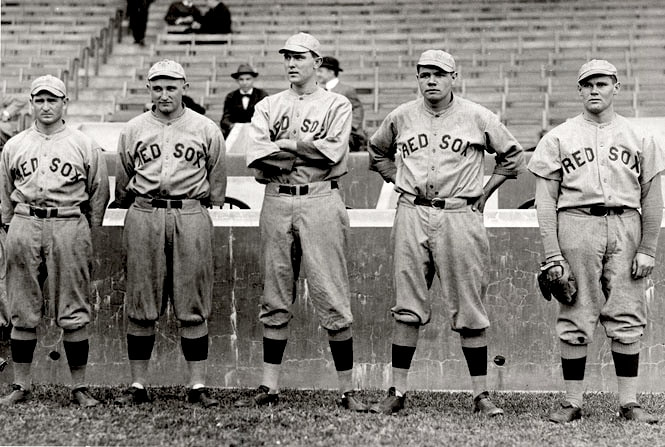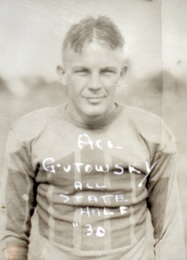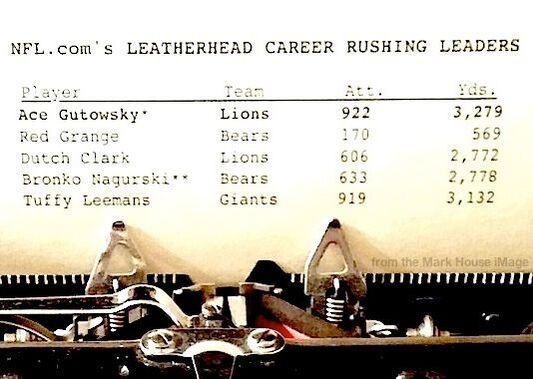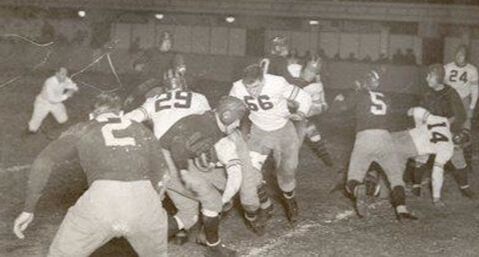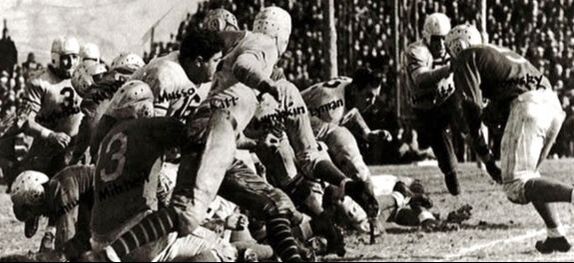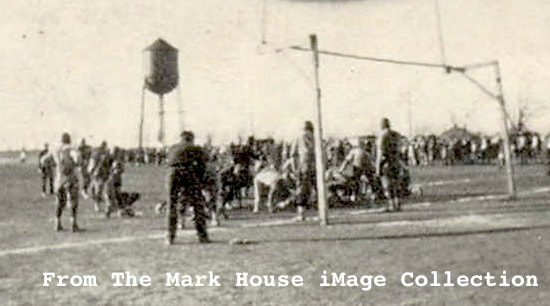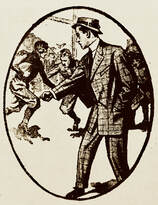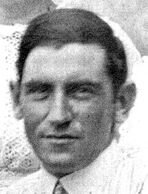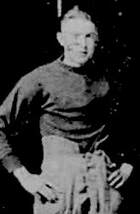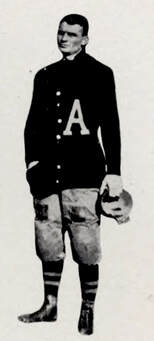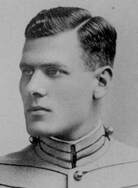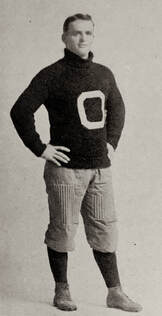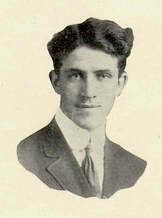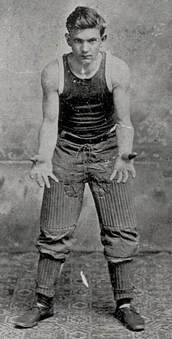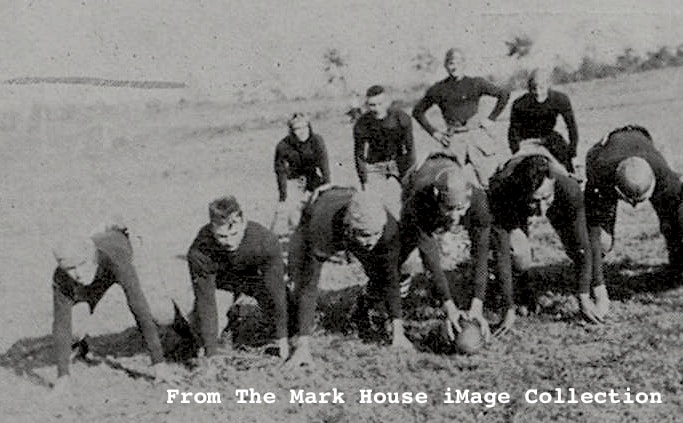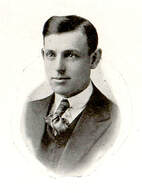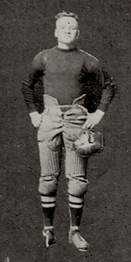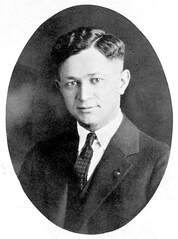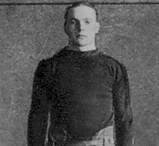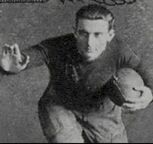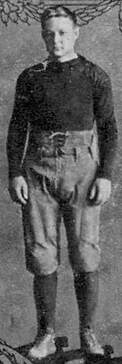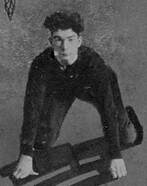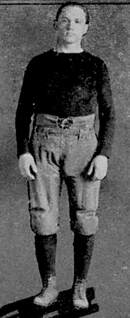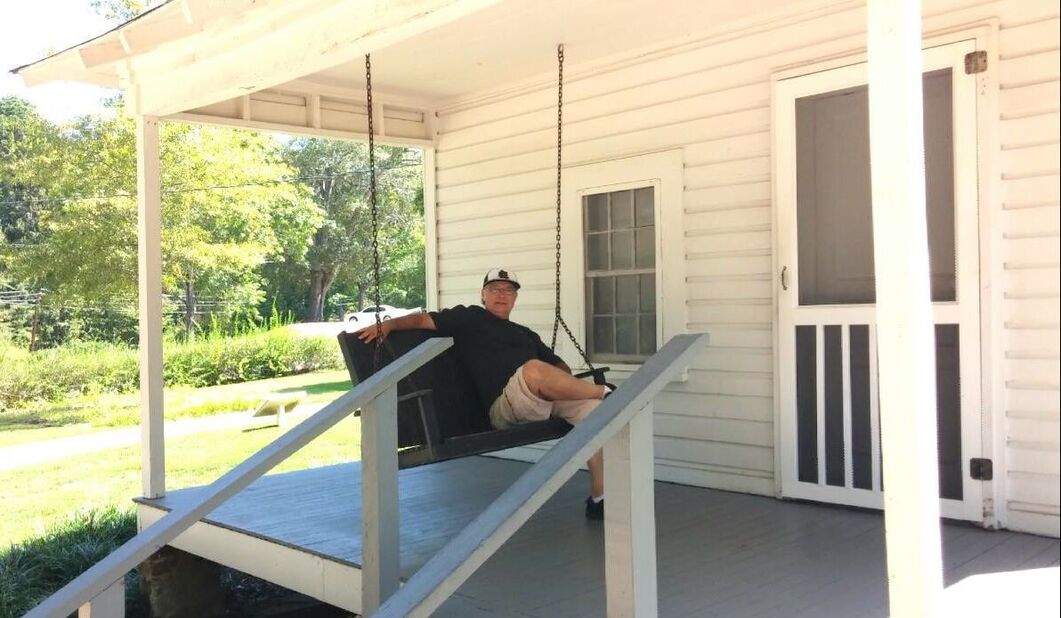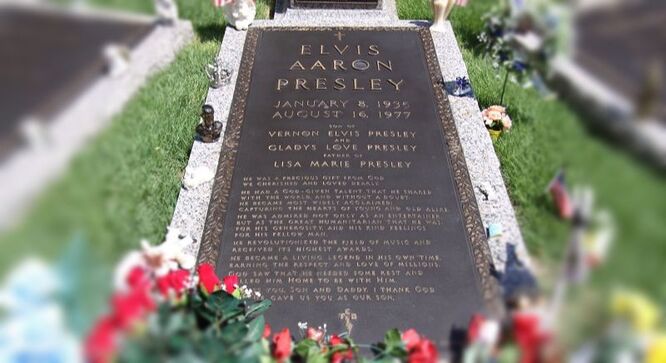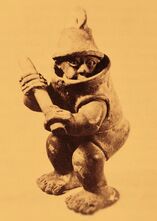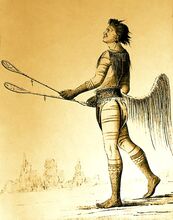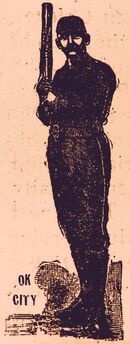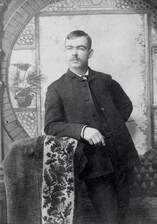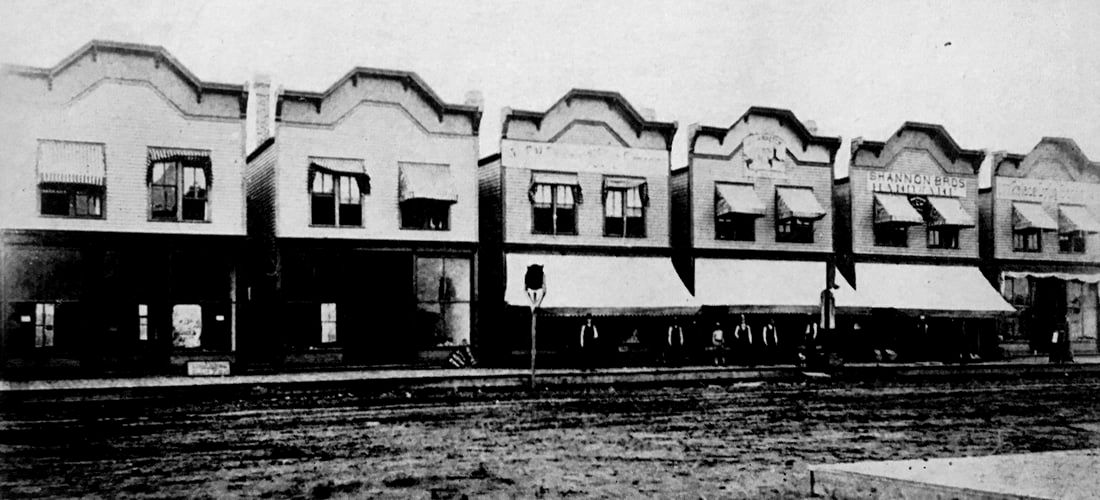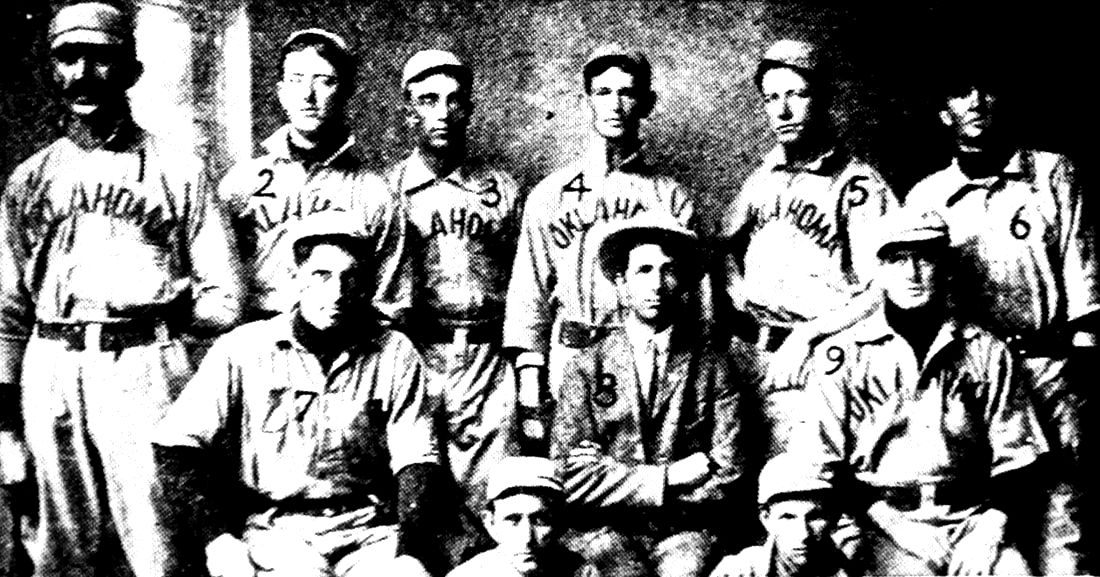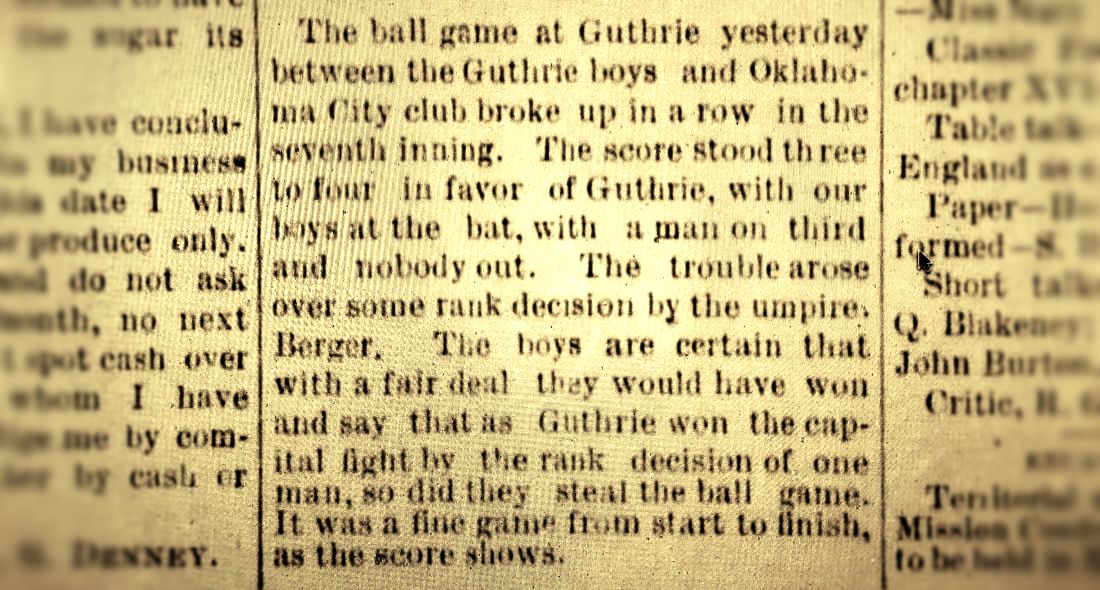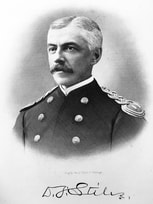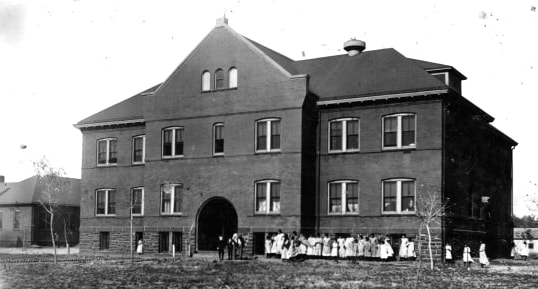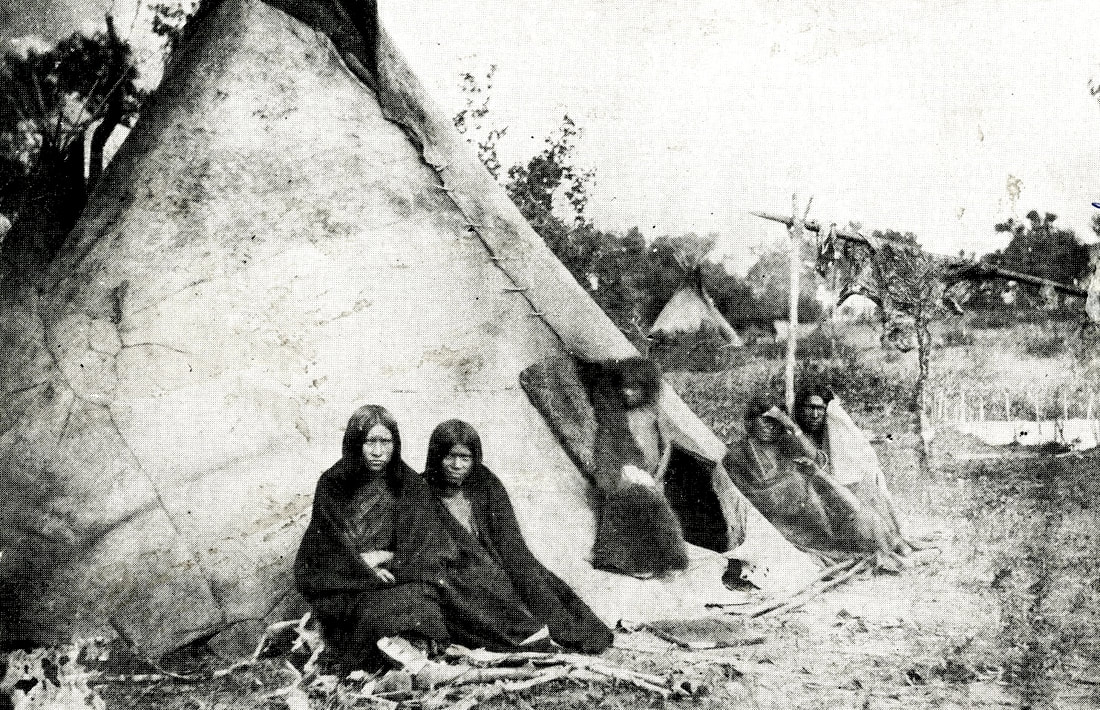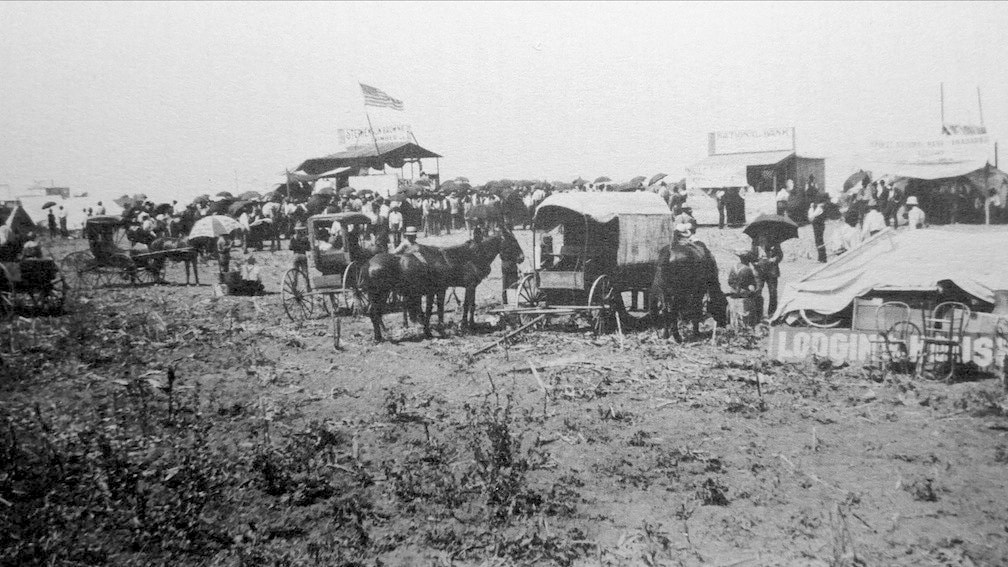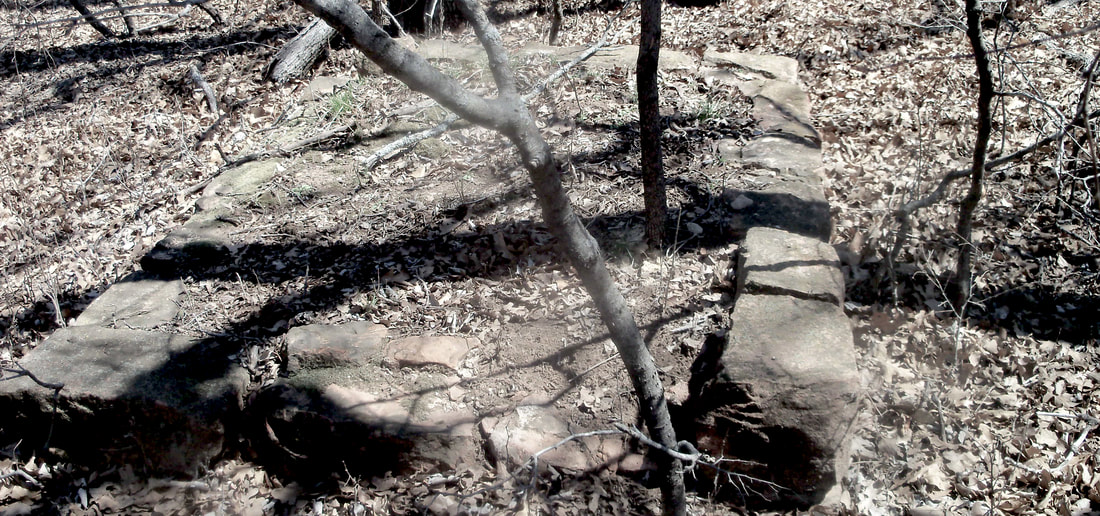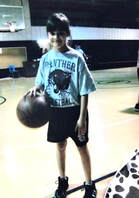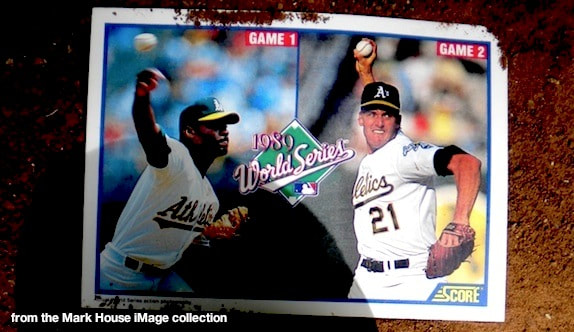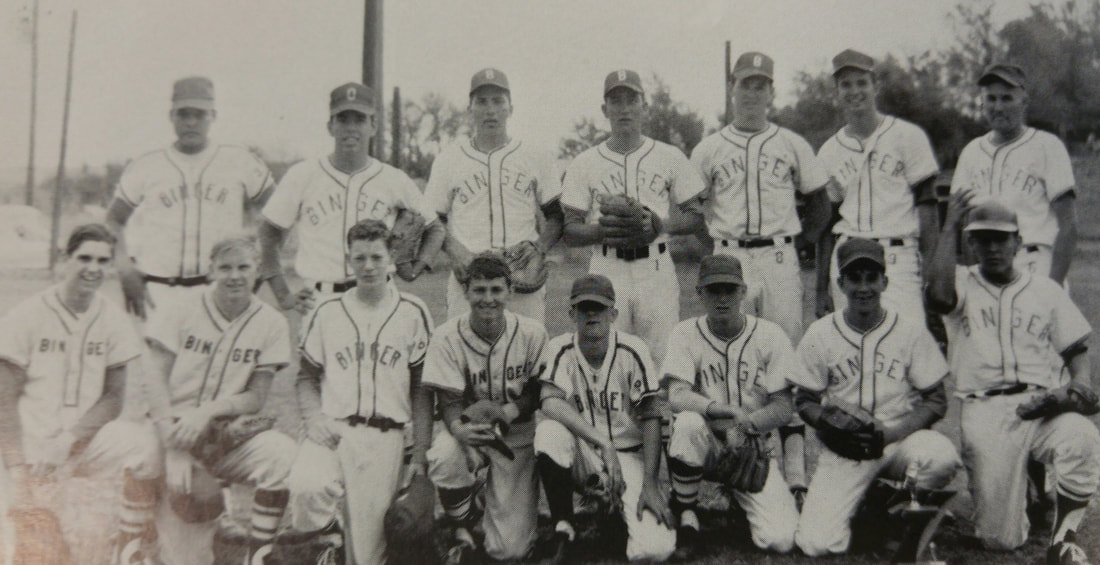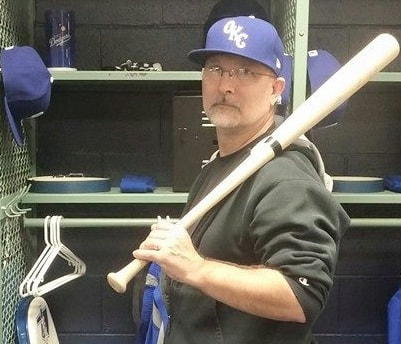[email protected]
Honorable members of Baseball's Hall Of Fame Historical Overview Committee, I, Mark House, respectfully bring before you a cross-examined, fact based and personal character witness account for the purpose of sincere consideration of inclusion of former Major League baseball player (1915-1929) Carl Mays on the Classic Baseball Era Hall Of Fame Ballot for the year of 2024. This conducted with confidence of Carl Mays' most deserved and posthumous induction into the prestigious Baseball Hall Of Fame within the upcoming and qualifying Classic Baseball Era year of 2025. Out of 87 pitchers residing within the honored realm of the Hall Of Fame (HOF), Carl Mays' .622 winning percentage would rank 25th (tied with Hall Of Famer Carl Hubbell) and compare greater than that of the HOF average of .591. Mays' 207 wins compares less than that of the HOF average of 237 but is the same as Hall Of Fame pitchers Bob Lemon and Hal Newhouser. Mays' 126 losses compare less than, which is better than, that of the overall HOF average of 164. Mays' 2.92 Earned Run Average (ERA) compares less than, which is better than, that of the overall HOF average ERA of 3.01
It is a personal conclusion that the inclusion of one Carl Mays on the 2024 Classic Baseball Era Ballot for a 2025 Classic Era Baseball Hall Of Fame induction would represent a major step in rectifying what will soon be a one-hundred five year old inaccuracy relative to Carl Mays' unjustified public blame and shame for the accidental death of Ray Chapman. Within a long overdue acquittal of one Carl Mays, Major League Baseball and the Baseball Hall Of Fame itself will inherit a monumental moment of public recognition and fan appreciation for such an extraordinary gesture of justifiable exoneration and honor.
Before sharing a non-refutable case of Hall Of Fame statistics for Mays, I attempt to alleviate a "room full of elephants" regarding Mays' involvement in the accidental death of Ray Chapman, a personal walk-out in Boston, hitting a fan with a ball, accusations of throwing World Series games, and, a harsh disposition that historically remains a skewed and antiquated media driven public opinion associated with one of baseball's greatest and notorious, Carl Mays.

Dr. Scullen, can you confirm for the Hall Of Fame Historical Overview Committee that you performed the actual funeral sermon for Mr. Ray Chapman on the morning of August 21, 1920? This before an immense crowd at St. John's Roman Catholic Cathedral in Cleveland, Ohio.
"Yes."
Dr. Scullen, at this particular service and within your sermon, did you plead in the presence of the mass number of funeral attendees for, and I quote, "no hostile word be uttered against the man who was the cause of the unfortunate accident?"
"Yes."
Dr. Scullen, will you elaborate for this Overview Committee the exact words you additionally shared in regard to the man you alleged to be "the cause of the unfortunate accident," referring to Carl Mays, within your sermon delivered on August 21 of 1920?
This at the funeral service of one Ray Chapman.
"He feels the outcome of it more deeply than most of us do. The great American game of baseball does not develop men who would willingly try to injure another participant in the game, and the game could not produce a man capable of killing another man. Chapman, we know would be the first to decry any thought of revenge if he could but speak."
Dr. Scullen, what were your final words shared with the enormous gathering at the funeral of one Ray Chapman on August 21, 1920, in Cleveland?
"May the soul of this gentle, kindly youth, whom all Cleveland loved, rest in peace."
Dr. Scullen, thanks for your sincere testimony and heartfelt willingness to share before this honorable Baseball Hall Of Fame Overview Committee.
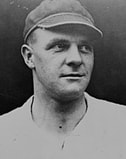 John Henry
John Henry Mr. Henry, were you on site and in the clubhouse at the New York Polo Grounds immediately following the incident involving Cleveland Indian shortstop Ray Chapman being hit in the head with a pitched ball by Carl Mays, of the New York American League Yankees?
"Yes."
Mr. Henry, are you considered to be one of the closest friends of the aforementioned Cleveland Indians shortstop Ray Chapman?
"Yes."
Mr. Henry, did Mr. Chapman regain consciousness in the clubhouse at the Polo Grounds before being removed from the stadium and sent to the hospital?
"Yes."
Mr. Henry, will you share, with this Overview Committee, the last words uttered, by your close friend Ray Chapman, within the hallowed walls of the New York Polo Grounds clubhouse on August 16, 1920? This before being removed to a New York hospital for further assessment and emergency medical care.
"I'm all right. Tell Mays not to worry."
Mr. Henry, thank you for sharing your personal eye witness testimony before this honorable gathering of baseball's Hall Of Fame Classic Era Historical Overview Committee which, from this point forward, shall be simply referenced as "the committee."
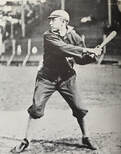 Ty Cobb
Ty Cobb Mr. Cobb, getting straight to the nucleus of the subject matter in question, will you please share with the committee your personal perception of the historical and bitterly argued accusations held against Carl Mays in regard to the unfortunate Ray Chapman incident that transpired over one-hundred years ago on August 16 of 1920?
"Keep in mind that he was a submariner with a delivery that started around his knees, resulting in curious breaks of the ball and a tendency for it to sail toward a batter's skull. I believe it is for no one to say that there was purposeful intent behind that fatal pitch; there is absolutely no one, then or now, who could prove it."
Mr. Cobb, the Tigers played the Yankees in New York immediately after the ill-fated Ray Chapman accident. Will you share with the committee what you personally discovered within the newspapers upon arriving in New York for that particular series?
"I was astounded to find the papers filled with an attack by me on Carl Mays. One of the quotes read 'Mays throws knockdown balls, and every player knows it.' Another paper had me saying 'If Chapman dies, Mays should be expelled from baseball forever.'"
Mr. Cobb, were these malicious declarations published in the newspapers of New York a correct reflection of your personal thoughts or statements in regard to the regrettable Ray Chapman incident?
"I didn't see the accident. I know nothing of how it happened and under no circumstances would I comment on it. And certainly it wasn't my province to pop off about so grave a matter. I wasn't that dumb, to begin with. Secondly, it went against all my rules of conduct."
Mr. Cobb, will you share your exact and personal description of the condition of major league game balls allowed to be utilized before the termination of the so called "spitball era?"
"Pitchers dosed baseballs with licorice, talcum, slippery elm, and saliva flavored with tobacco until they came at the hitter so discolored that he could hardly pick them out of the shadows."
Continuing Mr. Cobb, was Carl Mays, in 1919, the first and only player to resent personal fan abuse and then retaliate against such continuous abuse with some form of violent behavior?
"In May of 1912, in the third-base bleachers, was a character who had ridden me hard in the past New York (Highlanders) appearances. To avoid him as much as possible, I even left center field at the inning's end and returned to our bench by the long way of the New York side of the field. By the sixth inning, he was cursing me and reflecting on my mother's color and morals. As the sixth frame ended, I tried to sneak back to our bench. The man ripped out something else, and I don't know how I got up there, really, to this day, I can't tell you how I scaled the barrier and reached him. The next thing I remember, they were pulling me off him. I do know I didn't just slap him around."
Mr. Cobb, was Carl Mays, in 1919, the first to ever "walk out" or "hold out" on a baseball club with effort to improve his own personal working and/or playing conditions?
"I've been called one of the hardest bargainers who ever held out (1908), and I'm proud of it."
On Wednesday, May 15, 1912, with no agitation on my part, the Tiger players called a secret meeting. All 18 of them signed an ultimatum and wired it to (Ban) Johnson. Organized baseball now had on its hands its first player strike by an entire team."
Mr. Cobb, what could possibly cause a whole major league baseball team, the Detroit Tigers, to sign an ultimatum, send it to then President Ban Johnson, and furthermore, literally walk out? I ask you to read word for word, for this committee, exactly what the team signed ultimatum specifically included.
"Feeling Mr. Cobb is being done an injustice by your action in suspending him, we, the undersigned, refuse to play in another game until such action is adjusted to our satisfaction. He was fully justified, as no one could stand such personal abuse from anyone. We want him reinstated or there will be no game. If players cannot have protection, we must protect ourselves."
Mr. Cobb, you're telling us that seven years before Carl Mays refused to continue to play for Boston, the entire Detroit Tigers walked out on their owner, fans, and, the American League in protest with effort to protect you and themselves against personal fan abuse?"
"Yes."
Thank you Mr. Cobb for your sharing of testimony before this honorable assembly of committee members.
I now call before the committee, Philadelphia Athletics fan Bryan Hayes.
Mr. Hayes, it is no secret that you were hit in the head by a baseball tossed into the crowded stands by Carl Mays on May 30 of 1919. Were you or anyone else seriously hurt or require any immediate medical assistance?
"No."
Mr. Hayes, did you, out of anger and with first thought, seek a warrant for the arrest of Carl Mays following this particular incident?
"Yes."
Mr. Hayes, did you then, after having second thoughts, voluntarily revoke such warrant upon the request of Connie Mack, Manager of the Philadelphia Athletics?
"Yes."
Mr. Hayes, the Philadelphia Evening Public Ledger, on August 17, 1920, published "Hayes proved himself to be a good sportsman, for he refused to accept any monetary settlement, he was willing to let the matter go." Is this a true reflection of your conclusive feelings in regard to the aforementioned incident in which no one was seriously hurt?
"Yes."
Mr. Hayes, considering Major League Baseball possessed no inclination of protecting the heads of players within this particular window of time, do you think you could have personally, and, inadvertently diagnosed such dangerous oversight within your statement "a baseball in the hands of a pitcher like Mays is just as dangerous as a loaded revolver?"
I have no further questions for Mr. Hayes.
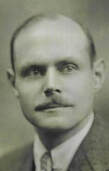 Fred Lieb
Fred Lieb Mr. Lieb, it is your speculation that unanswered questions related to "suspicions" of Carl Mays losing two world series games, on purpose, and in the year of 1921 has kept Mr. Mays from entering baseball's prestigious Hall Of Fame. With the committee bearing in mind the previous testimony of Mr. Cobb and his experience with the New York media publishing the opposite of real truth, I ask you to read this particular paragraph chronicled and distributed by the Associated Press, subtitled "Mays Was A Star," and, published in papers across the country relative to Game 7 of the 1921 World Series.
"On the other hand, Carl Mays, while the loser, has to be given credit for an equally notable if less successful performance on the mound. Mays was steadier than Douglas, not issuing a pass and allowing but six hits to eight for his opponent, and but for a slip most unfortunate for Mays and his teammates on the part of Ward, in the seventh inning, the game might easily have gone into extra innings with the score tied 1 to 1.
The Yankee second baseman's error proved the real break of the game putting on base the runner who shortly afterward scored the winning tally. Ward let a grounder by Rawlings get away from him after two Giants had been retired in the seventh inning. Ward recovered the ball and made a quick throw to first but was just too late and Rawlings later scored on Snyder's two bagger."
Mr. Lieb, with your so called suspicions of Mr. Mays losing games four and seven of the 1921 World Series "on purpose," will you share with the committee what your fellow sportswriter, Denman Thompson with the Washington Evening Star, composed and published on October 10, 1921, relative to strategic game decisions made by then Yankee manager Miller Huggins?
"In the fag end of the eighth, with the Giants two runs to the good, the Yankees were afforded an opening that second guessers today are saying Huggins plainly muffed when, with Mays on second base, the mite manager permitted Miller to bat, instead of inserting a pinch hitter for him. The Yank gardener already had whiffed once, as had half a dozen of his teammates, and on two other occasions he had failed to get a ball out of the infield."
So, Mr. Lieb, Carl Mays, the one you suspect of losing games on purpose, actually maneuvered his way into scoring position on second base in the bottom of the eight inning in game four of the 1921 World Series?
I have no further questions.
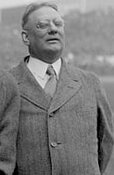 "Cap" Huston
"Cap" Huston Mr. Huston, it is noted that you as well have theoretical thoughts of Mr. Mays losing World Series games on purpose in 1921 and 1922. I ask you to read before the committee a statement, made by your team manager Miller Huggins, and then published and distributed by the Associated Press on October 12 of 1921. This being related to game seven of the 1921 World Series.
"That game was a tough break, a very tough break," said Miller Huggins today. "Mays deserved a shutout. The Yankees should have won by 1 to 0. But the breaks went with the Giants, and we were left out in the cold by luck. I never saw a pitcher who lost a game through harder luck."
Mr. Huston, will you share with the committee a statement, made to the Associated Press by your team manager Miller Huggins and then published in the October 7, 1922, edition of the Topeka State Journal? This related to the 1922 World Series game three played in the driving rain at the polo grounds against the New York Giants.
"Mays can pitch good enough ball to win," said Huggins, "but our fellows have not seemed to bat behind him this year. Still they don't appear to be batting behind any of the pitchers just now."
Mr. Huston, I have no further questions.
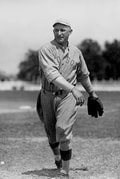 Carl Mays
Carl Mays Mr. Johnson, soon after an incident where Carl Mays "nicked" Washington shortstop George McBride in July of 1916, you personally ask Mays to explain the deadly workings of the "duster ball" and specifically if he ever intentionally "beaned" a batter. Will you convey directly to this Committee exactly what Carl Mays disclosed as a response?
"The beanball will always be a part of the game," said Mays. "I don't believe there's a pitcher in any league in the country who ever deliberately tried to hit a batsman. No man's arm is as true as a rifle.
If the people who are making all this talk about pitchers trying to hit batsmen were to take a baseball, get on the slab and try to pitch, putting 'something' on the ball, they'd soon wise up to the ridiculousness of their charges.
Batsmen who are 'beaned' the most are the fellows who crowd the plate. Donie Bush, Jack Lavan, Joe Jackson, Ty Cobb, Chick Gandil, Jack Barry, John Henry and Clarence Walker are of this type. Some of them 'choke up' to within two inches of the plate instead of sticking within the six inch boundary prescribed by the rules of the game.
Naturally the pitchers who try to keep the ball high and inside on these or any other batters are liable to hit men when they put a lot of stuff on the ball. Some batters deliberately step into pitched balls and get away with it. McBride did that in Washington.
I tell you it's a sure sign of 'yellow' on the part of the player or manager who accuses a pitcher of using the beanball. Jack Barry of our club has been hit 14 times this year and you've never heard him 'peep' about deliberate beaning.
You may rest assured that I'll keep putting everything I've got on every ball I pitch as long as I'm in the game and if I pitch a million balls I'll never be sucker enough to put anybody on first base by intentionally hitting him.
It doesn't matter how perfect a pitcher's control may be, he's liable to hit a batter. That's part of the game and something that can't be avoided."
I will now call upon Carl Mays himself to come before the committee with effort to construct an appropriate and correct understanding of who he is as a man, what he stood for and what he struggled against as a baseball phenomenon in the early 1900's.
Mr. Mays, did you intentionally strike Mr. Chapman in the head with objective to kill him on the 16th day of August in 1920?
"I never tried to hit anyone deliberately in my life."
Mr. Mays, as you reflect upon the unfortunate death of Ray Chapman, can you share with the committee what disseminates from your mind in regard to such a tragic situation?
"It is a recollection of the most unpleasant kind which I shall carry with me as long as I live. It is an episode which I shall always regret more than anything that has ever happened to me, and yet I can look into my own conscience and feel absolved from all personal guilt in this affair. The most amazing thing about it was the fact that some people seem to think I did this thing deliberately. If you wish to believe that a man is a premeditated murderer, there is nothing to prevent it. Every man is the master of his own thoughts. I cannot prevent it, however much I may regret it, if people entertain any such idea of me."
Mr. Mays, you voluntarily went before Manhattan Assistant District Attorney, John F. Joyce, soon after the devastating accident. Will you verbalize for this committee what you shared with Mr. Joyce which led to your exoneration from any wrongdoing?
"It was the most regrettable incident of my career, and I would give anything if I could undo what has happened."
Mr. Mays, following the dreadful Chapman incident, you shared many reasons, published in the November 1920 issue of Baseball Magazine, as to why it is illogical to view such a tragedy as being maliciously done with intent. At this time, will you share those reasons with this assembly of committee members?
"I am a pitcher and I know some of the things a pitcher can do as well as some of the things he can’t do. I know that a pitcher can’t stand on the slab sixty feet away from the plate and throw a baseball so as to hit a batter in the head once in a hundred tries. That is, of course, assuming that the pitcher actually wanted to hit the batter in the head, a thing which is absurd on the face of it.
But to actually kill a man it is by no means sufficient to hit him on the head. Walter Johnson with all his terrific speed has hit batters on the head and yet they have not died. Fairly often a batter gets hit on the head and seldom is he even seriously injured. There is only one spot on a player’s skull where a pitched baseball would do him serious injury and that is a spot about his temple which is hardly half as big as the palm of my hand. Suppose, to meet some of these malicious slanders that have been directed against me, we assume that a pitcher is enough of a moral monster to deliberately murder a batter at the plate, a batter with whom he can have no particular quarrel and from whose death he could not possibly benefit. What chance would he have of perpetrating such a crime? He would have to hit that batter, and what is more, hit him on a particular part of the skull of very limited area.
There isn’t a pitcher who ever lived with control enough to do that thing once in a thousand times. Christy Mathewson, in the days when he was considered the absolute master of control couldn’t have done it. I myself would stand at the plate and let any pitcher in the world throw a baseball at my head in the firm assurance that I was at least in no danger of being killed. One reason for assuming that I am innocent of such a foul crime is the fact that it would be absolutely impossible for me to be anything else.
Chapman had a crouching position at the plate. On this particular occasion, at least, he stood motionless with his head nearly, if not quite, over the plate. The ball which struck him was high, but it is a question if it was not a true strike. It certainly was not far out of the way. I can explain this unfortunate accident on only two grounds. First, that for some unknown reason Chapman failed to see the ball at all. Second, that he saw it but fell into that curious state of mind which a ball player sometimes encounters in which he is said to be hypnotized by the ball.
It is true that it was a fairly dark day, but my speed is not of the Walter Johnson variety and I think it very improbable that Chapman failed to see the ball. It is conceivable that he misjudged it, but I think it more likely that he was momentarily hypnotized. Chick Fewster, one of our own men, was hit on the head this spring by Jeff Pfeffer of the Brooklyn Club and very seriously injured. Chick has explained his unfortunate experience by saying that he saw the ball very clearly, but couldn’t seem to get out of the way. Frank Chance, I have heard, used to suffer from the same mental peculiarity, in which he was hypnotized by the approaching baseball and was hit on the head several times in consequence. Of course, this is idle speculation for just what happened in Chapman’s mind will never be known.
One thing I am sure of. Nobody who saw that accident was more surprised than I. At first I thought the ball had struck the bat and fielded it to first base. When I looked and saw that Chapman had been hit instead, you could have knocked me down with a feather."
Mr. Mays, previously Mr. Cobb testified before this committee that, and I quote, "pitchers dosed baseballs with licorice, talcum, slippery elm, and saliva flavored with tobacco until they came at the hitter so discolored that he could hardly pick them out of the shadows." Do you feel this was the determining factor in the tragic death of Mr. Chapman?
"Again, it was a fairly dark day, but my speed is not of the Walter Johnson variety and I think it very improbable that Chapman failed to see the ball."
Mr. Mays, have you at anytime in your life considered yourself to be an egotistical, "better-than-thou," kind of person?
"I came to New York in a display of brilliant fireworks. There were court proceedings and more court proceedings. There was talk of a disruption of the entire League. The whole thing looked to me like a tempest in a teapot. Perhaps if I had been inclined to be swell-headed, I would have got all puffed up about the desperate struggle that was taking place over my own unimportant self. But I have never been criticized for undue egotism. That is one fault, at least, which has not been laid to my charge."
Mr. Mays, an infinite perception, by the media, public, opponents and teammates alike, continues to persist in regard to your somewhat disgruntled personality and unpleasant demeanor in general. Right here and right now, in front of this prestigous committee, if you had one chance to repudiate such perceptions, what would you have to say?
With this distorted impression lasting for over one-hundred years, please take your time while sharing your thoughts.
"A ball player cannot afford to be thin skinned. His work is done so much in the public eye, that he himself becomes in a sense a public personage. To that extent, therefore, he must expect to hear himself and his work commented upon. And since comment can never be one hundred per cent favorable, he must be braced for criticism. All this is a part of the game and just as natural as strike outs or base hits. But I must confess that in the past two years I have been pretty well fed up on criticism.
People that I never even heard of seem to entertain a bitter enmity for me which is surprising to say the least. While a good many persons with whom I am obliged to come in contact and with whom I should prefer to feel on a friendly basis, have let me see all too plainly that they are no friends of mine.
Now, I ask for no man’s friendship, if he does not choose to give it voluntarily. Friendship is a thing which can not be had for the asking. Friendship is a thing which can not be explained on a scientific basis. If a man with whom I am continually thrown in contact does not view me as a friend, it means that there is no mutual attraction between us. But it means nothing else. It is no fault of his. Neither is it necessarily any fault of mine.
There is such a thing as popularity. We all know people who are popular without being able to explain why they should be. We also know people who are not popular, and yet they may be even more deserving of respect. Popularity does not necessarily rest on merit. Nor is unpopularity necessarily deserved. Both are merely the reaction of a man’s fellow associates to his own personality. If that reaction is favorable, he is popular; if not, the reverse is true. Where does the fault lie? With the man himself, or with his associates, or with both, or with neither? Personally, I am inclined to the latter view. I don’t think it is the fault of either party. It is just one of those things that exist and that you can’t explain on any tangible grounds.
It was long ago made very apparent to me that I was not one of those individuals who were not fated to be popular. It used to bother me some, for I suppose there are none of us who wouldn’t prefer to be well-thought of. But I was naturally independent and if I found that a fellow held aloof from me, I was not likely to run after him. Evidently I didn’t impress people favorably at first sight. After they knew me better, I was generally able to be on friendly terms with them.
When I first broke into baseball, I discovered that there seemed to be a feeling against me, even from the players on my own team. When I was with Boise, Idaho, I didn’t have a pal on the Club until the season was half over. Then the fellows seemed to warm up a bit and we were on very good terms for the balance of the season. When I went to Portland, Oregon, I got the same cold shoulder until the fellows understood me better and then we hadn’t a bit of trouble.
When I came East and joined the Providence Club, I got a still bigger dose of the same unpleasant medicine and that began to get on my nerves. I had about concluded that if baseball was a game where you had to swim continually against the current, I had perhaps better get out and see what I could do in some other profession where the waters weren’t quite so deep. My fellow players on the Providence team didn’t seem to like me and I wondered why. I always have wondered why I have encountered this antipathy from so many people wherever I have been. And I have never been able to explain it even to myself, though I have one or two theories on the subject. I did get genuinely discouraged at Providence and, of course, feeling as I did, was unable to do good work. In fact I lost all interest in my work. I wrote to my Uncle telling him I had about decided to give up baseball. He is no doubt responsible for my being identified with the game at present, for he replied with a mighty stiff letter in which he handled things straight from the shoulder and without gloves. In brief, he told me if I failed to make good, he would consider me a quitter and that is a word I never liked to take from any man. So I decided to brace up and see what could be done. About that time we played an exhibition game with Washington. I was called upon to pitch and for once that season I really worked. I held Washington to three hits, which was considered quite an accomplishment for a Minor Leaguer, and easily won my game. After that the fellows seemed to think more of me and I proceeded to have a good season for the balance of the year.
But the unpopularity which had come to be as natural as my own shadow still continued to follow me. I know when I had won 12 straight games and lost my 13, after an extra inning struggle, one of the local newspapermen, who knew me well and hated me cordially, came out with a story in which he panned me for what he called my poor work.
When I went to the Red Sox my experience was much the same, but I had grown somewhat accustomed to that reception and besides I realized that a Minor Leaguer had to fight for recognition on a Major Circuit. Slowly, however, I won my way and when I left the Club, although there were several men who disliked me, there were others with whom I was on good, if not intimate terms.
Up to two years ago I had no just complaint to offer against my experience as a professional ball player. It is true, I had never been popular, but this had ceased to bother me. And if I was not popular, I was at least rated as a successful pitcher. In other words, I had made good in my chosen profession.
I remember a conversation I had with my wife about this time in which I told her my baseball career had been singularly free from trouble. I said to her in a joking way that perhaps it would be necessary for me to do something out of the ordinary to get my name in the papers. But I needn’t have been impatient. For could I have looked into the future, I would have seen trouble enough headed in my direction to satisfy the most ambitious trouble seeker who ever lived.
About that time things commenced to happen to me. I had a very nice home, of which I was extremely fond and not a little proud. We fitted it up in a manner which was pleasing to us both and I put into that home most of my earnings as a base ball player. Furthermore, I stored in that home all the little mementos and souvenirs that I wished to preserve, and my wife did also. But about the time we had everything settled to suit us, the house caught fire and burned to the ground. Everything in it was totally destroyed and as it was insured for but a fraction of its true value, I found myself practically wiped out. Later in the season I became involved in a disagreement with the Boston Club which culminated in my transfer to New York. I am not going to enter into a discussion of that particular episode. It was not a pleasant experience for me, but I have never regretted my part in it. And I am willing now to state openly that if I ever faced a similar situation again I should do exactly the same."
Mr. Mays, I personally thank you for sharing such an in-depth perception of your private life and the causes of struggle faced while working towards becoming one of baseball's best pitchers of all time.
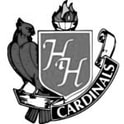
Mr. Johnson, will you please share with this committee the details of your personal relationship with Carl Mays?
"Carl Mays came down from Oregon to help out with our high school baseball team in San Diego every spring for four consecutive years through 1971. He spent a lot of one-on-one time with us. Not only did he teach the pitchers a lot of important things, but helped teach hitting and strategy. I can remember spending hours in the batting cage while Mr. Mays would sit in a folding chair analyzing my swing and giving helpful tips."
So, Mr. Johnson, do you care to briefly share with the committee what Carl Mays meant to you as a young gentleman eager to learn the game of baseball?
"Back in 1969 we had no internet and the only way of getting baseball history information was to read a book. We did appreciate Mr. Mays, but we really had no idea of the magnitude of who this man was. He had to walk with a cane and looked older than his 78 years when we knew him. He was my connection to baseball history."
Thank you Mr. Johnson for your personal testimony in regard to to the baseball sharing persevering character of one Carl Mays up to, and, until his death on April 4, 1971.
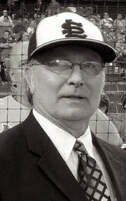 Mark House
Mark House Within his fifteen (15) year early era Major League Baseball career, Carl Mays won 207 games while pitching for the Boston Red Sox, New York Yankees, Cincinnati Reds and New York Giants.
In comparison to current Baseball Hall Of Fame pitchers, Mays won the same number of major league games as Bob Lemon and Hal Newhouser and more games than Jack Chesbro, Candy Cummings, Dizzy Dean, Dennis Eckersley, Rollie Fingers, Lefty Gomez, Goose Gossage, Roy Halladay, Trevor Hoffman, Addie Joss, Sandy Koufax, Rube Marquard, Hank O'Day, Satchel Paige, Mariano Rivera, Lee Smith, Bruce Sutter, Dazzy Vance, Rube Waddell and Hoyt Wilhelm.
Within his fifteen (15) year early era Major League Baseball career, Carl Mays only lost 126 games while pitching for the Red Sox, Yankees, Reds and Giants.
In comparison to current Baseball Hall Of Fame pitchers, Mays 126 losses is less than that of of 80% of Baseball's Hall Of Fame pitchers including Grover Alexander, Chief Bender, Bert Blyleven, Mordacai Brown, Jim Bunning, Steve Carlton, Jack Chesbro, John Clarkson, Stan Coveleski, Don Drysdale, Dennis Eckersley, Red Faber, Bob Feller, Pud Gavin, Bob Gibson, Tom Glavine, Burleigh Grimes, Lefty Grove, Jesse Haines, Waite Hoyt, Carl Hubbell, Catfish Hunter, Fergie Jenkins, Randy Johnson, Walter Johnson, Tim Keefe, Bob Lemon, Ted Lyons, Greg Maddux, Juan Marichal, Rube Marquard, Christy Mathewson, Joe McGinnity, Jack Morris, Mike Mussina, Hal Newhouser, Kid Nichols, Phil Niekro, Jim Palmer, Herb Pennock, Gaylord Perry, Eddie Plank, Old Hoss Radbourn, Eppa Rixey, Robin Roberts, Red Ruffing, Amos Rusie, Nolan Ryan, Tom Seaver, John Smoltz, Warren Spahn, Don Sutton, Dazzy Vance, Rube Waddell, Mickey Welch, Vic Willis, Early Winn and Cy Young.
Within his fifteen (15) year early era Major League Baseball career, Carl Mays maintained a 2.92 ERA while pitching 3,021.1 innings within a total of 490 games.
In comparison to current Baseball Hall Of Fame pitchers, Mays' 2.92 career ERA tops that of nearly 60% of Baseball's Hall Of Fame pitchers including Bert Blyleven, Jim Bunning, Steve Carlton, Dizzy Dean, Don Drysdale, Dennis Eckersley, Red Faber, Bob Feller, Tom Glavine, Lefty Gomez, Goose Gossage, Burleigh Grimes, Lefty Grove, Jesse Haines, Roy Halladay, Waite Hoyt, Carl Hubbell, Catfish Hunter, Fergie Jenkins, Randy Johnson, Bob Lemon, Ted Lyons, Greg Maddux, Rube Marquard, Pedro Martinez, Jack Morris, Mike Mussina, Hal Newhouser, Kid Nichols, Phil Niekro, Hank O'Day, Satchel Paige, Herb Pennock, Gaylord Perry, Eppa Rixey, Robin Roberts, Red Ruffing, Amos Rusie, Nolan Ryan, Lee Smith, John Smoltz, Warren Spahn, Don Sutton, Dazzy Vance, and Early Wynn.
Within his fifteen (15) year early era Major League Baseball career, Carl Mays only hit 89 batters.
In comparison to current Baseball Hall Of Fame pitchers, Carl Mays' 89 hit batsmen is less than that of Hall Of Fame pitchers Chief Bender, Bert Blyleven, Jim Bunning, Jack Chesbro, Don Drysdale, Red Faber, Bob Gibson, Clark Griffith, Burleigh Grimes, Randy Johnson, Walter Johnson, Tim Keefe, Greg Maddux, Pedro Martinez, Joe McGinnity, Kid Nichols, Phil Niekro, Gaylord Perry, Eddie Plank, Amos Rusie, Nolan Ryan, Rube Waddell, Vic Willis and Cy Young. Baseball Reference's "Career Leaders for Hit By Pitch" reflects 127 Major League pitchers hitting more batters than Carl Mays including Walter Johnson with 205, Randy Johnson with 190 and Cy Young himself with nearly double that of Mays at 161 hit batsmen.
Carl Mays is a four time early era Major League Baseball World Series Champion (1915, 1916, 1918, 1923). Mays is credited with three World Series victories and compiled an overall 2.35 ERA in eight individual World Series appearances. Mays completed five of the seven World Series Games he started for the Boston Red Sox and New York Yankees.
Within five twenty plus win seasons, Carl Mays led the Major Leagues with 27 victories and 7 saves in 1921 while pitching 336.2 innings in 49 games for the New York Yankees. His winning percentage this particular early era season is documented at a league leading .750. In this same year, Mays batted .343 with 49 base hits, 5 doubles, 1 triple, 2 home runs and 22 RBI's.
A major key to Mays' success on the mound was found in his ability to create an incredible amount ground ball outs. Historically, Mays still holds the Boston Red Sox record of 122 assists in 1918. He recorded 117 and 118 within the two previous seasons. Mays was considered the ace of the Red Sox staff in 1918 as he won 21 games with a 2.21 ERA and tied Walter Johnson for a league leading eight shutouts while also tossing a league leading 30 complete games.
As witnesses looked upon Ray Chapman crowding the plate on August 16, 1920, Mays sidearm slung a fiery fastball into what he fervently claimed was the strike zone with Chapman's head hanging within said strike zone. The impact of the ball struck Chapman with such force that Mays thought it hit his bat and had no clue it hit him in the head. While thinking it was in play, Mays picked the ball up and threw to first for what he thought would be an out.
Meanwhile, Chapman falls down twice during his attempt to walk to first on a hit by pitch call by the umpire. Chapman, unable to get up, is taken to the hospital where 1920 era surgeons diagnose a skull fracture. After what looked to be a good chance at recovery after surgery, Chapman died the following morning on August 17, 1920.
Where do we go from this tragic death blow to professional baseball which is time stamped and paralleled with the suspicion escalating with the breaking news of Chicago's infamous 1919 Black Sox scandal?
Researching deep into "The Baseball Chronicle," uncovered is a "to-his-dying-day" statement from Carl Mays. Mays adamantly insists that "the pitch that killed Chapman would have been called a strike had he managed to duck out of the way." Chapman was historically noted for hugging the plate so closely when batting that his head was usually in the strike zone.
Like any pitcher worth a grain of salt, early age, golden aged or modern day, the plate belongs to me mentality rules the standard mind set. Was this disastrous death toll event within the world of professional baseball so shocking that everyone, for near a century and counting, has literally continued to dismiss the fact that it was considered an accident?
An average legal intern would have sense enough to argumentatively question that if a pitcher is supposed to throw a strike and the batter's head is in the strike zone, who is truly at fault? We can all join a ghost jury of this Classic Era time frame and make judgement for ourselves. Mays himself chose to express regret but stated he "did not feel any guilt because he had not hit Chapman on purpose."
Furthermore and despite many time paralleled American soldiers being intelligent enough to wear a helmet in World War I, baseball leadership of the moment seemed to possess no inclination or proactive thoughts about head protection or batter safety in 1920 when Chapman was struck and killed. This even after a minor league batter, Mobile (Alabama) Sea Gull John Dodge, was struck in the head and killed by Tom Rodgers in a Southern Association League game four years earlier in 1916. Rodgers was quickly exonerated after being arrested by Mobile authorities. Dodge and Chapman are the only professional players known to have died from being hit by a pitch. Chapman to date, being the only one at the major league level.
We do have to ponder if the U.S. Army can foresee the great need of head protection, and, considering baseball had already incurred such a devastating death blow to the head, why then, at the least, were some protective measures not already implemented by Major League Baseball when Ray Chapman stuck his head out over the plate and died in 1920?
Chronicled and serious early era skull fracturing Major League Baseball incidents previous to Chapman's death include the one Carl Mays spoke of previously. This being Brooklyn's Jeff Pfeffer striking Yankee "Chick" Fewster on the head in 1915. Fewster was in the hospital for several weeks and had to undergo an operation for a fractured skull.
In another "widely known case" of this early era time involved New York Nationals and Baseball Hall Of Fame pitcher Amos Rusie who hit Hall Of Fame shortstop Hugh Jennings of Baltimore in the head on June 24, 1897. Jennings lay unconscious for quite some time after being hit by Rusie. Jennings did recover and ironically was discovered, in the spring that followed, to be holding out for a "higher salary" from his Baltimore club as he personally noted that request in an interview with contents published in the March 14, 1898, edition of the Freeland (Pennsylvania) Tribune.
On June 9, 1911, Roy Corhan of the White Sox was knocked unconscious and "hovered between life and death for three days." This after being hit in the head by Yankee spitballer Russell Ford. On June 10, 1911, the Norwhich (Connecticut) Bulletin noted that "Corhan was in great pain and unable to eat or to talk coherently and was under medical care at a local hotel."
Hall Of Fame Baseball pitcher Rube Waddell is recognized as throwing the pitch that hit Harry Gleason, brother of "Kid" Gleason, on the head in which "the accident ruined Gleason's baseball career." Further early era irony includes Hall Of Famer Waddell's recognition in the August 26, 1903, edition of the St. Louis Republic for being immediately released by Philadelphia's Connie Mack. This for failing to show up and pitch in a game slated for the day previous. After "being out all night," Mack told Waddell to "turn over his uniform and go wherever he pleased, that his services were no longer required by the Athletics."
With the accidental death of minor leaguer John Dodge in 1916, the skull fracturing of Chick Fewster in 1915, the near death of Roy Corhan in 1911, the career ruination of one Harry Gleason in 1903 and the "knock out" of Hall Of Famer Hugh Jennings in 1897, all happening previous to the death of Ray Chapman, I ask this committee to reflect upon whether or not the various pitchers involved had intent to kill but failed, and/or, whether or not Major League Baseball leadership, at the time, even thought of or cared to protect batters from what was quite obvious to be a real and present danger.
Although Frank Mogridge was granted a patent (#780899) for a "head protector" in 1905, batter safety was ignored by Major League Baseball leadership for the next fifty-five years.
Although Hall Of Famer Roger Bresnahan developed a "leather-batting" helmet in 1908 after being struck in the head and severely injured, batter safety was ignored by Major League Baseball leadership for the next fifty-two years.
Ironically from the point of Chapman's death blow in 1920, it took baseball governorship near forty more years to even seriously begin to think about this problem. Headgear and helmets did not truly come into play in the major leagues until 1960 when Jim Lemon, taking the cause upon himself, became the first player to wear a "little league" helmet in a major league game.
So, I ask, why is Carl Mays, to this day, held personally responsible for what is clearly the fault of a variety of uncontrolled circumstances of his time. A batter who crowds the plate with his head attached to the strike zone, baseball's used past the point of decent discernibility, and, leadership that did not either comprehend, care, or, consider if said batter wore head protection or not. Again, I respectfully ask who is at fault?
It is most interesting to exhume and absorb news of one particular and dramatic incident from the 1915 season. It included the one they call Tyrus "Ty" Cobb dangerously tossing a bat towards a Red Sox rookie pitcher (Carl Mays) with a most stormy relationship being born in baseball. "Cobb is the greatest ball player in the world and also the dirtiest," said Mays in the November 30, 1915, edition of the Grand Forks Daily Herald.
Following this potentially lethal bat tossing by Cobb, Mays states Red Sox shortstop Everett Scott "picked it up and brought it in and I walked back to Cobb and shoved it out at him. Just as he reached for it I pulled it back. Again I stuck it out at him, and when he reached for it this time I let it fall to the ground. For a minute or two he refused to pick it up, but then did so when the umpire ordered," added Mays. "Cobb tries to get the goat of every young pitcher. If a look or hot words could have killed me, I would be inhabiting a wooden kimono now."
Such an incident compels a 1920 ghost jury or a 2024 Hall Of Fame Overview Committee to question if Mays' courageous ability, as a rookie, to stand up to the world renowned toughness of Ty Cobb was the actual birth place of his own unpleasant public persona? Should a man and ball player from this antiquated window of time need room to be who he has to be in order to survive within such a distressed environment of this intemperate and unprotected baseball era?
Furthermore, we have the same Ty Cobb previously testifying here before you with honest assessment and stating "I believe it is for no one to say that there was purposeful intent behind that fatal pitch; there is absolutely no one, then or now, who could prove it."
I continue closing arguments with optimism that Carl Mays will now be seriously and sincerely considered with prompt recognition and decisions made based upon his on-the-field accomplishments and not just for the fatal accident that has created a personal and undeserved lifetime of shamed infamy.
Two hundred and seven (207) major league victories with a 2.92 ERA is quite an achievement. A World Series victory is what all pitchers dream about much less than the three earned by Carl Mays. Although he carried somewhat of a harsh persona that endured and subdued the ferocious testings of Ty Cobb, I find it most hard to believe Carl Mays or any other pitcher in the entire history of the game of baseball would have or could have killed a man on purpose.
I personally and honestly believe there has never been a major or minor league ball player anywhere at anytime on any field that has ever carried the intent to kill another player. Common sense of statistically understanding the number of Major League Baseball players who have ever died from being hit by a pitch (1) while understanding the game, from a players viewpoint, is to be participated in competitively but with honor and respect for even the most hated of rivals. The literal nonexistence of any such Death Wish should be most scientifically time proven and most statistically apparent to anyone who has been, or is now, a part of our Great American Pastime.
The contest between the Yankees and Indians on August 16, 1920, was a baseball game not a war. It just doesn't seem there would be room for a Death Wish mentality from anyone involved. Yet, that undeserved death blow perception lives on in Carl Mays' posthumous infamy. This continuation is now more than one-hundred years old as I request a "NOT GUILTY VERDICT" and complete exoneration as I request opportunity for Classic Baseball Era Committee members delve into the truly important elements of Mays' fifteen seasons under summer's sun.
While investigating documented statistics from Mays' early MLB career, I discovered that he had become a top rated submariner for the Boston Red Sox by 1917. He won a total of 22 games with The Baseball Chronicle recognizing a league leading 1.74 E.R.A. In a same season, when baseball great Ty Cobb was performing at his standard batting championship level, The Baseball Chronicle recognized "the young guns of Carl Mays and Babe Ruth were beginning to make their own championship noise."
Dazzy Vance was and is considered by many to be the "best" pitcher of the 1920's and most deservedly received induction into Baseball's Hall Of Fame in 1955. If comparing real time statistics reveals real truth, according to Baseball Reference, Vance's 197 victories (and 3.24 ERA) is quite magnificent but the statistical math falls ten short of Carl Mays' 207 career victories and 2.92 ERA. Mays earned 19 more career saves than Vance. Mays won three more World Series games than Vance.
Again, I remind you Mays is a four time World Series Champion winning three with the Red Sox and one with the Yankees in 1923. His best season came about in 1921 when he led the American League in wins with a total of twenty-seven (27).
The clearly rebuked reasons that have delusionally existed for not admitting Carl Mays into baseball's Hall Of Fame versus the many reasons that have infinitely existed to induct Carl Mays into the prestigious Hall Of Fame are quite prevalent. We certainly cannot deny there were "rumors" and "suspicions" of difficulties within the long career of Carl Mays, but, early era media driven gossip and hearsay should no longer detour an official and most deserved induction for Mays. A long anticipated deliverance of justice and merited recognition of honor for one of Major League Baseball's greatest is crying out for exonerating rectification and for Mays' justifiable inclusion on the Classic Baseball Era Hall Of Fame Ballot in the upcoming year of 2024.
Any genuine baseball historian certainly would possess knowledge of Mays forcing his way out of Boston in 1919 for which American League President Ban Johnson "secretly" suspended Mays while pursuing to ban Mays from the league. Political circumstances forced Johnson to "back down" and Mays, following his walk-out in Boston and friction with the league president, was headed for the Yankees. Just one year later, the very same Ban Johnson found himself under extreme pressure from several teams to literally toss Mays out of baseball following the Chapman tragedy. But Johnson, evidently with a changed heart towards Mays, chose not to give in to such pressure. Despite his earlier disdain for Mays' issues in Boston, Johnson decided Mays was worthy to continue a career which lasted up until 1929.
Within continuing closing statements shared on behalf of the late Carl Mays, I ask Classic Baseball Era Overview Committee to consider this fascinating case constructed with respectful request for a well deserved Classic Baseball Era Hall Of Fame Ballot inclusion in 2024.
As well, I again ask consideration for, and of, a most historically known fact that the New York District Attorney's office of the time determined that the "Ray Chapman incident was an accident." There was and never has been any legal charges filed against Carl Mays. And, most every witness to the accident confirmed, at the time, that "Chapman never moved an inch and seemed to have never even saw the ball."
Should we question if there were any investigations relative to alcohol being involved as inebriation has been long proven as a common denominator respective to a person's ability to react or not react in general? Considering alcohol was an integral part of this early era of baseball for both players and fans alike, were any tests conducted to determine any potential levels of alcohol within Chapman? This question not being asked out of disrespect for Chapman but with effort to rule out such consideration related to his inability to react at the moment of impact.
From a medical viewpoint, would Chapman's chances to survive this accidental tragedy be considerably less in 1920 compared to modern times as it is most obvious the profession was not quite as advanced as it is today. If Chapman did survive this accident of tragedy, would Carl Mays be in Baseball's Hall Of Fame today?
The numerous and uninvestigated cold case factors now presented before the committee, if sincerely considered with genuine depth of assessment, should be enough to transcend this early era tragedy into a modern day triumph for the game of baseball itself.
I ask that the Classic Baseball Era Overview Committee consider Major League Baseball could have and should have carried either complete, or, at the least, partial burden of fault as this same incident has no chance of happening today. Literally because Major League Baseball would not even risk the legal ramifications of any hitter stepping up to the plate without protective head gear.
 Ed Barrow
Ed Barrow 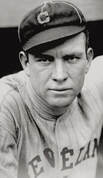 Tris Speaker
Tris Speaker With Mr. Speaker's powerful and closing introspection, and, on behalf of the family and friends of Carl Mays; Mays' hometown of Mansfield, Missouri; the 1909 Hennessey (Oklahoma) Sluggers; the 1912 Boise (Idaho) Irrigators; the 1913 Portland (Oregon) Colts; the 1914 Providence (Rhode Island) Grays; the 1915-1919 Boston Red Sox; the 1919-1923 New York Yankees; the 1924-1928 Cincinnati Reds; the 1929 New York Giants as well as devoted baseball fans past and present, I conclude with a respectful request that one Carl William Mays be added to the Classic Baseball Era Hall Of Fame Ballot in 2024 and honored with a posthumous induction into Baseball's Hall Of Fame in the year of 2025.
Author's Note: According to the Society For American Baseball Research, after his retirement from the major leagues, Carl Mays pitched in the Pacific Coast League and American Association for two seasons. He then worked as a scout for 20 years for the Cleveland Indians and the Milwaukee/Atlanta Braves. Mays died on April 4, 1971, in El Cajon, California, at age 79. Mays is buried in Riverview Cemetery in Portland, Oregon. He was survived by a second wife, Esther, and two children.
Author's Note: Complete contents have been researched and compiled with confidence of accuracy without utilization for profit, but, with effort to gain the support of Baseball Hall Of Fame decision makers for consideration of a posthumous 2024 Classic Baseball Era Ballot inclusion of Carl Mays and a 2025 Baseball Hall Of Fame induction of Carl Mays.
Author's Note: Quoted contents of all persons within have been documented word for word and were derived from viable research sources. Liberties with the words "yes" and "no" were only utilized when related, researched information led to a conclusion of those particular answers being most obvious beyond any question or doubt.

